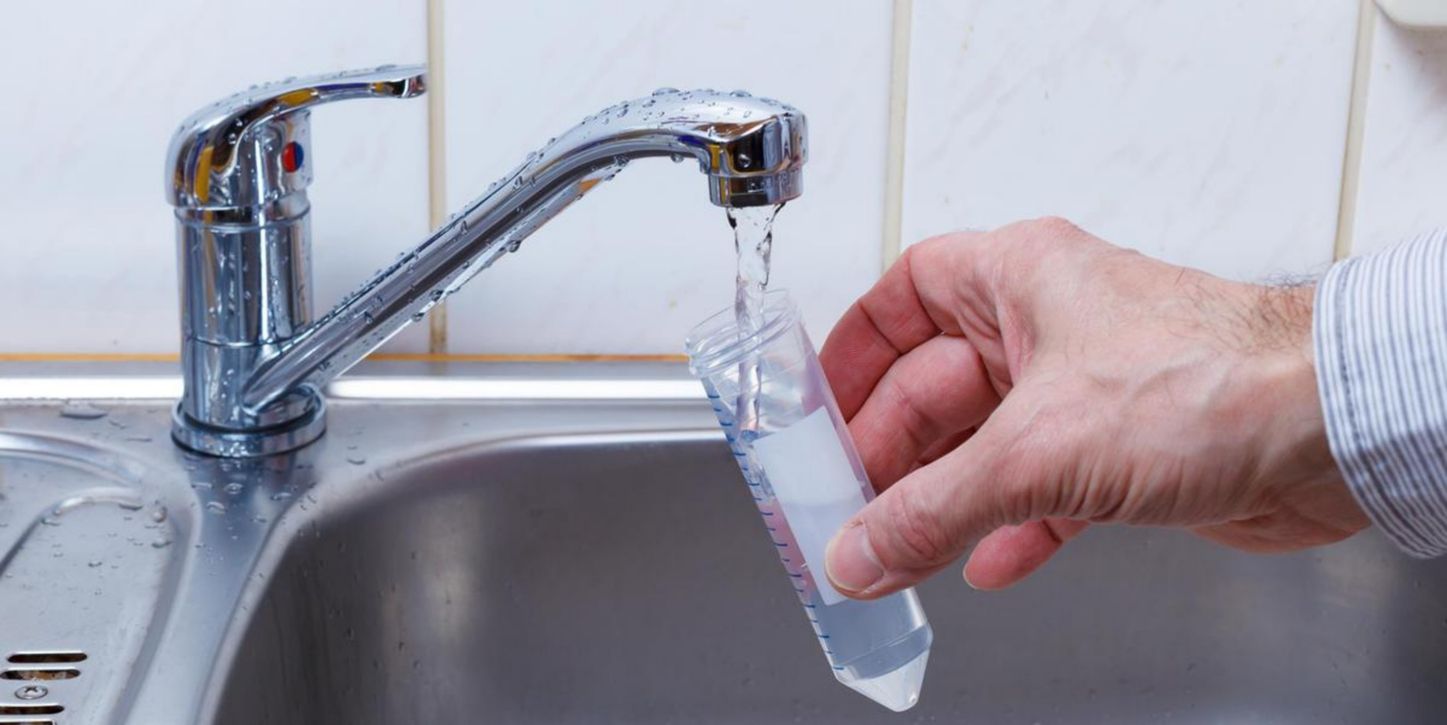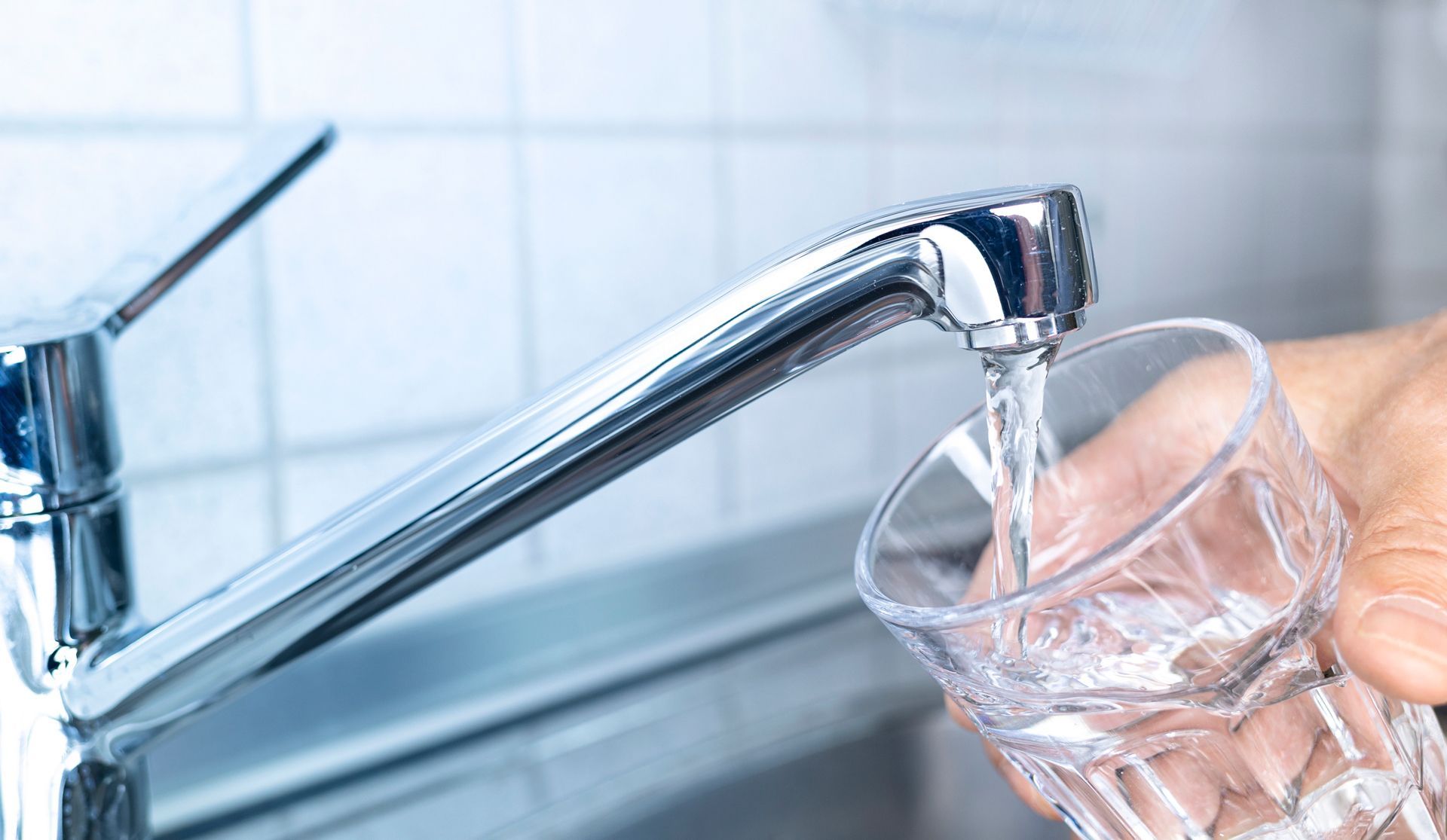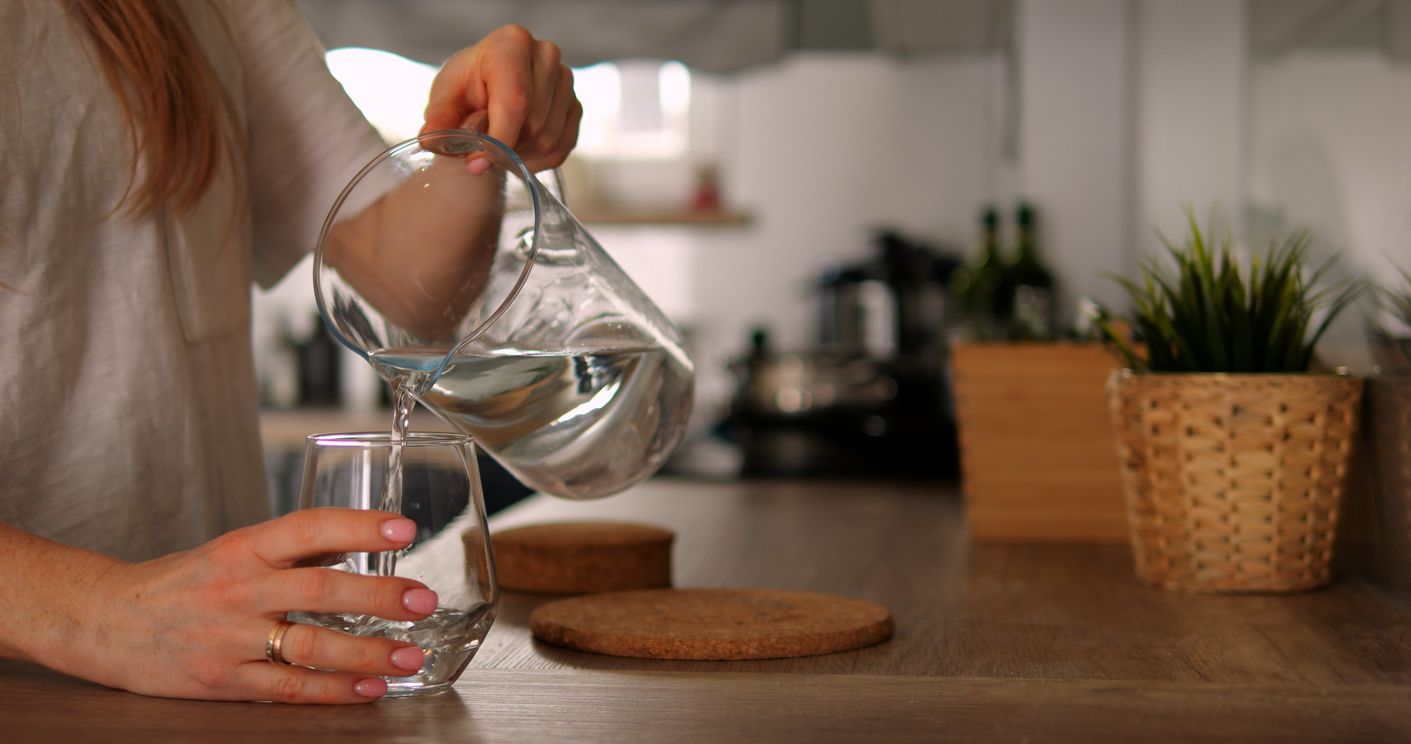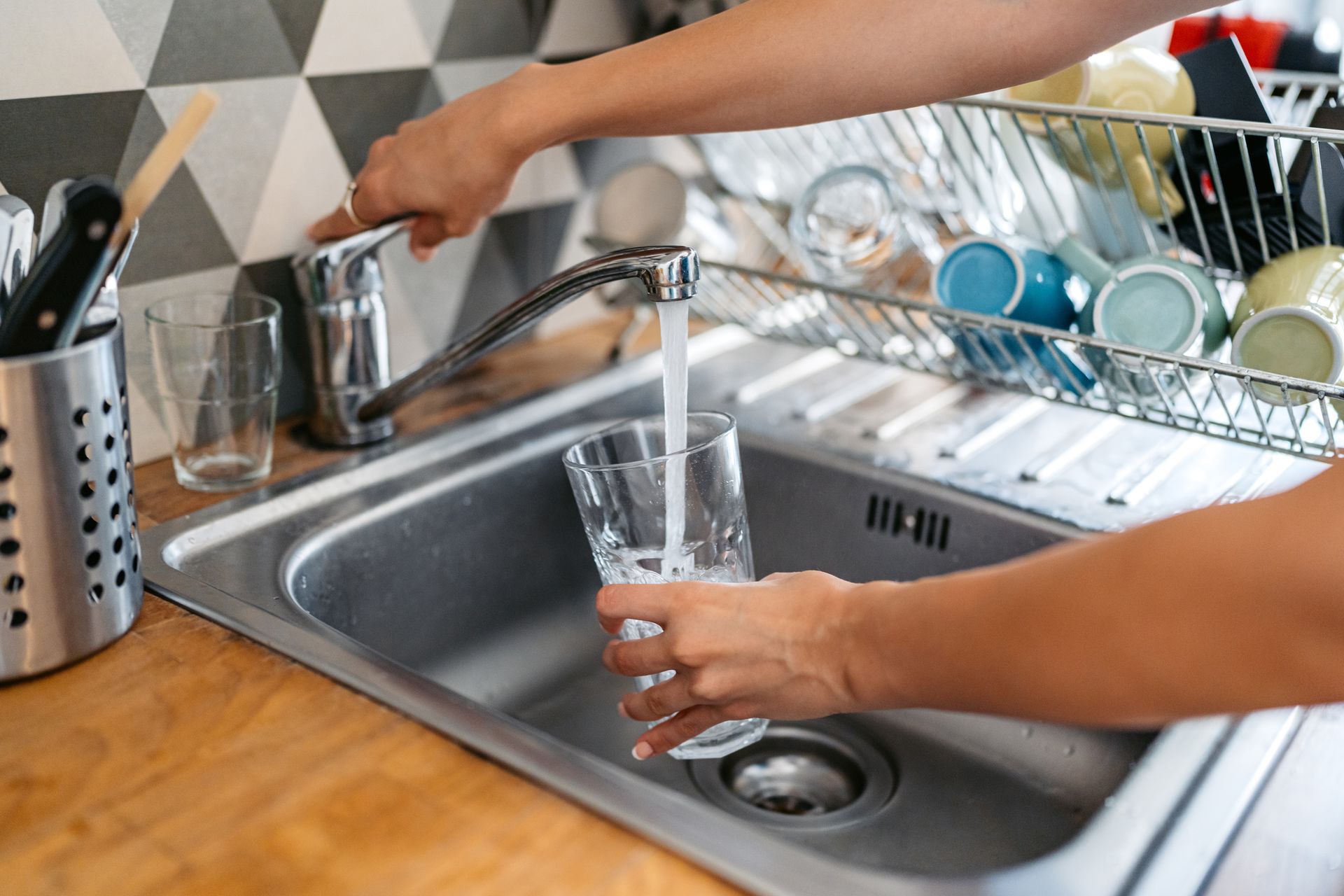Testing of Water: What Every Homebuyer Should Know About Existing Wells Before Sealing the Deal
Wondering if your drinking water is safe? Testing of water can help you find out. From bacteria to chemicals and even animal waste, this guide explains the different ways to test your water, common pollutants, and steps to take if you find anything harmful. Regular testing is crucial whether you rely on a well or municipal supply.
Key Takeaways
- Consult local well experts before buying to assess the well’s condition and meet your water needs.
- Regular water testing is essential for all homeowners to detect contaminants and ensure safe drinking water.
- Understand testing methods and results to address water quality issues; seek professional help for specific contaminants.
Why You Should Consult Local Well Experts Before Buying a Home
Consulting local well experts is crucial for understanding the condition of the well on your prospective property. These professionals offer insights that can reveal whether the well meets your daily water needs and if the water is safe to drink. Detecting hidden issues such as necessary filtration systems or repairs before purchase can save significant costs and headaches later.
Different areas have specific water quality standards and well maintenance requirements that can influence your home purchase. Local well experts help you comply with these regulations and make informed decisions.
Wragg Brothers Well Drilling often finds that homebuyers overlook the well’s condition, leading to post-purchase problems. Contacting experts early in the home buying process is essential.
Understanding the Basics of Water Testing
Testing water quality ensures that drinking water is free from harmful contaminants. Contaminants like bacteria, chemicals, and heavy metals can originate from agricultural runoff and industrial waste. Knowing the types of contaminants and their effects on water quality is crucial for ensuring safe drinking water.
Regular water testing is vital, especially for private well owners not covered by Consumer Confidence Reports. Public drinking water systems are regulated by the U.S. Environmental Protection Agency (EPA) and the Safe Drinking Water Act, which do not extend to individual water systems like private wells. Frequent testing helps identify changes in water quality that could pose health risks, allowing for timely corrective actions.
Regardless of whether you use a private well or municipal water, consistent water testing ensures the safety and quality of your water supply.
Common Contaminants in Drinking Water
Lead and nitrates are common toxic substances in drinking water, originating from old plumbing and agricultural fertilizers, respectively. Pesticides can also contaminate water through agricultural runoff. Identifying these sources helps mitigate potential risks. Regular testing for total coliform bacteria is also important as part of broader water quality assessments.
If harmful contaminants are found, consult local health or environmental departments for guidance. They offer essential insights and assistance in managing contaminants, which is crucial as lead and nitrates can severely impact health, especially for children and pregnant women.
Local health departments assist in managing contamination and offer valuable insights on common regional groundwater contaminants, as outlined by the environmental protection agency. This localized knowledge is beneficial for tailoring your water testing and treatment efforts to address specific issues.
Importance of Regular Water Testing
Regular water testing detects contamination trends and ensures ongoing safety. Homeowners and well owners should test their water frequently to identify changes that may pose health risks and ensure safe drinking water.
Consistent water testing ensures the safety and quality of private and untreated water sources. This proactive approach is crucial for maintaining household health and well-being, making it a vital part of home maintenance for those relying on private wells or untreated water sources that have been water tested.

Types of Water Testing Methods
Various testing methods are available to ensure drinking water quality. Water testing assesses parameters like temperature, pH, turbidity, salinity, nitrates, and phosphates. Methods such as odor testing and turbidity tests reveal water characteristics and contaminants, while conductivity tests measure mineral content for overall quality assessment.
Knowing different water testing methods helps identify specific contaminants and guide further treatment. At-home testing kits and professional laboratory services each have their advantages and limitations. Choose the method that suits your specific needs and the level of detail required.
At-Home Water Testing Kits
At-home water testing kits detect various contaminants, including germs, sewage indicators, and chemicals. Basic testing strips can identify contaminants like lead, nitrate, and copper. Instant results starting at around $20 make these kits attractive for quick checks.
While at-home testing kits are convenient, they may lack the thorough analysis that professional laboratory testing offers. Kits vary, including options for chemical and bacterial testing. For detailed analysis, professional laboratory testing is recommended.
Professional Laboratory Testing
Laboratory tests offer comprehensive analysis and better guidance compared to basic at-home tests. Samples should be submitted to the lab within 48 hours and kept at 2-6°C during transport to maintain integrity. Refrigerate samples until they are ready to be sent to the laboratory.
Basic water sampling costs range from $35 to $400, depending on the tests. Chemical water testing can take up to 28 days, with expedited results in 14 days for an additional fee.
A water analysis report lists tested contaminants and their concentrations, using units like milligrams per liter (mg/l) or parts per billion (ppb).
Specialized Testing for Specific Contaminants
Specialized testing is needed for specific contaminants that standard tests may not detect reliably. For instance, ammonia levels exceeding 50 mg/ltr can cause taste and odor issues, while typical levels are around 3 mg/ltr. Proper containers like plastic screw-capped or glass bottles with rubber stoppers are essential to ensure sample integrity.
Specialized testing identifies semi-volatile organic compounds, pesticides, heavy metals, and chemical contaminants not detected in routine tests. A certified laboratory provides detailed information on these contaminants and guides appropriate treatment measures.
How to Collect Water Samples Properly
Proper water sample collection is critical for accurate test results. Using appropriate containers marked for specific tests is essential to avoid contamination.
Here are the correct methods for collecting water samples, from preparation to storage and transport.
Preparing for Sample Collection
All containers used for water sampling should be sterile to minimize contamination risk. Using a new, clean container is crucial. Sterilized containers should be handled with care to prevent contamination.
Sterile containers are available from water testing services or certified laboratories. Proper preparation includes handling containers with clean hands and avoiding contact with potential contaminants.
Steps to Collect Water Samples
Use a clean container for collecting water samples. Rinse the container with the water to be sampled to remove residual contaminants. Fill the sample bottle just below the shoulder, leaving a small air space to allow for expansion and prevent bursting during transport.
Avoid collecting samples from faulty faucets to prevent contamination. This guide ensures your water sample accurately represents actual water quality and is free from external contaminants.
Storing and Transporting Samples
Water samples should be refrigerated between 2 to 6 degrees Celsius in a cooler during transport to maintain integrity. Samples for bacteria, metals, or fluoride testing can be stored and transported at room temperature. Include a chain of custody form with all samples sent to the lab for proper documentation and tracking.
Using absorbent materials in packaging helps manage potential spills during transit. For time-sensitive samples, ship them to the lab immediately after collection, ideally overnight.

Interpreting Your Water Test Results
Understanding your water test results is crucial for assessing water quality and determining necessary actions. To ensure safety, it’s important to test your water.
Bacteria tests, mineral testing, and pH levels are key indicators evaluated in water tests.
Reading At-Home Kit Results
Color changes in at-home test kits indicate the presence of specific contaminants and their concentrations. Different pH levels can also signify water corrosivity, affecting taste and safety.
Understanding Lab Report Data
Interpreting water test results helps identify potential health risks and address quality issues. Lab reports include health risk parameters, general indicators, and nuisance parameters with acceptable limits for safe water. Total dissolved solids (TDS) measurements indicate overall quality and mineral content.
Water quality indicators on lab reports can reveal harmful contaminants. Knowing how to read these reports allows for informed actions to improve water quality.
What to Do if You Find Contaminants
If harmful contaminants are detected, contact your local health or environmental department for guidance. Boil the water until proper disinfection is confirmed through retesting.
Immediate action when contaminants are found helps protect your health and ensures drinking water safety. Consulting professionals can provide further steps and solutions to address contamination effectively.
Solutions for Contaminated Water
Various solutions for contaminated water include filtration systems, reverse osmosis, and professional water conditioning services.
These methods ensure your drinking water quality meets safety standards.
Water Filtration Systems
Water contamination can be reduced by implementing filtration systems, performing regular maintenance, and using chemical treatments. Faucet filters offer immediate solutions for contaminant removal directly from the tap, effectively removing specific contaminants like lead or chlorine.
For comprehensive contaminant removal throughout the entire water supply, whole-house filtration systems are recommended. These systems filter water at the point of entry, removing both large particles and smaller contaminants using mechanical and chemical methods. Regular maintenance is essential for effectiveness and longevity.
Reverse Osmosis Systems
Reverse osmosis expels dissolved solids by forcing water through a semi-permeable membrane, effectively eliminating a wide array of contaminants, including heavy metals and salts, providing high-quality drinking water.
Reverse osmosis systems, often installed under the sink, significantly improve the taste and safety of your water.
Water Conditioning and Treatment Services
Professional water conditioning services aim to improve water quality by removing minerals and enhancing taste and odor. Wragg Brothers Well Drilling, for instance, offers a variety of services, including well drilling, hydrofracking, water conditioning, and water treatment. Hydrofracking is a technique used to restore water flow to tired wells, ensuring a more sustainable and efficient water supply.
Water conditioning not only improves water quality but also ensures a more sustainable and efficient water supply. By removing harmful minerals and enhancing overall water quality, these services help maintain a safe and reliable water source for your home.

Special Considerations for Private Well Owners
Private well owners have unique responsibilities to ensure the safety and quality of their drinking water. Unlike municipal water systems, private wells do not receive regular water quality checks, making it essential for well owners to be proactive in testing and maintaining their water systems.
Consulting with a local water supplier and using professional water conditioning services can significantly improve water quality and ensure ongoing safety.
Annual Well Testing Recommendations
Annual well testing is essential for maintaining safe water quality, especially for private well owners. Testing for bacteria, nitrates, and pH levels should be conducted yearly to ensure safe drinking water. Additionally, conducting checks for mechanical problems in the spring can help ensure the well system is functioning properly.
If there is suspicion of other contaminants in the well, specific tests should be performed to identify those concerns. Regular testing and maintenance help in early detection of potential issues, ensuring that your water remains safe and clean.
Shocking Your Well
Well shocking is a process used to eliminate bacteria and harmful microorganisms from the water supply. This method is effective in removing bacteria and other harmful germs, ensuring that your drinking water is safe.
Regularly shocking your well can prevent the buildup of contaminants and maintain the overall health of your water system.
Consulting Local Well Experts
Experts recommend consulting local well drillers for advice on well maintenance and ensuring water quality. Wragg Brothers Well Drilling, for example, provides a range of services and has extensive experience in maintaining and improving well water systems. Many homebuyers contact Wragg Brothers Well Drilling after purchasing a property to discover that their well is inadequate for usage or requires filtration.
Consulting with experts before finalizing your home purchase can save you from unexpected surprises and ensure that your well water meets safety standards. Local well experts can provide tailored advice and solutions based on the specific conditions of your well and regional water quality issues.
Summary
Understanding the condition of existing wells and ensuring water quality is crucial for any homebuyer. From consulting local well experts to performing regular water testing and interpreting test results, taking proactive steps can prevent unexpected issues and ensure safe, reliable well water. By implementing appropriate filtration systems and conditioning services, you can address any contamination concerns and maintain a healthy water supply for your household. So, before sealing the deal on your dream home, make sure your well water is up to par and safe for your family.
Frequently Asked Questions
Why is it important to consult local well experts before buying a home?
It's super important to chat with local well experts before buying a home to make sure the well meets your water needs and is safe from contaminants. This way, you can dodge any nasty surprises and extra expenses later on.
What are common contaminants found in drinking water?
You should definitely watch out for common contaminants like lead, nitrates, pesticides, and bacteria in drinking water, as they can come from old plumbing or agricultural runoff. Staying informed helps keep your water safe!
How often should private well owners test their water?
You should test your well water every year for bacteria, nitrates, and pH levels. If you think there might be other contaminants, grab a test for those too.
What should I do if my water test results show contaminants?
If your water test shows contaminants, get in touch with your local health department for advice and boil your water until you can confirm it's safe through retesting.
What are some effective solutions for contaminated water?
Using water filtration systems and reverse osmosis can really help clean up contaminated water, so it’s worth looking into those options. Professional water conditioning services are also a great way to ensure your water is safe and tasty!


